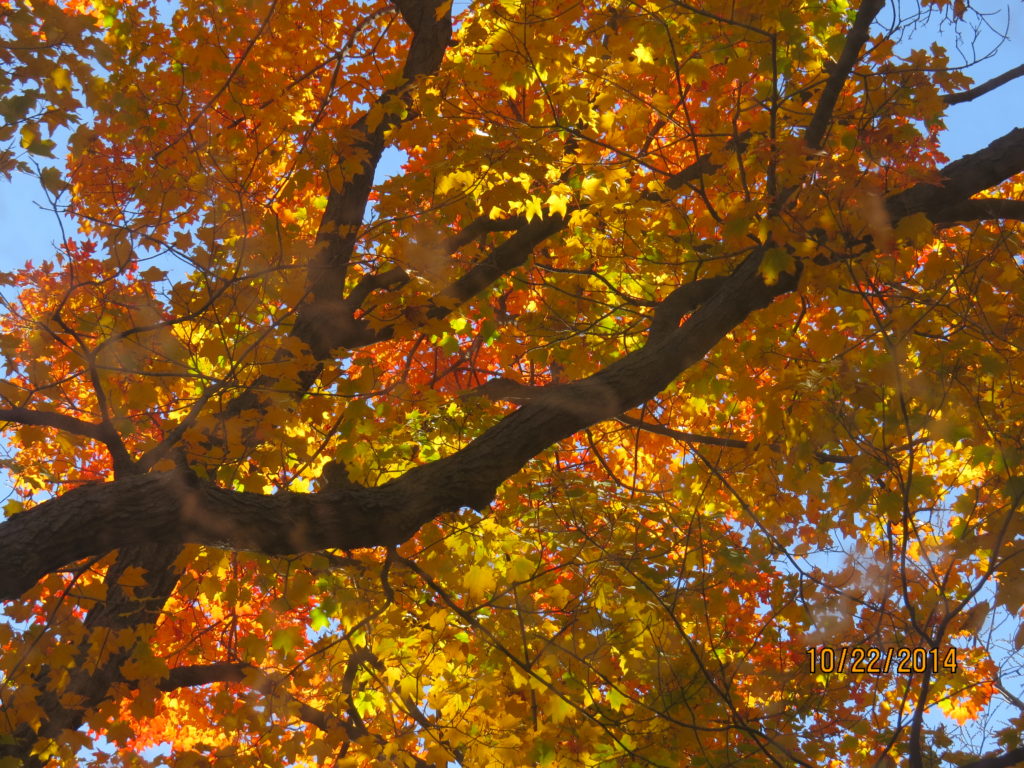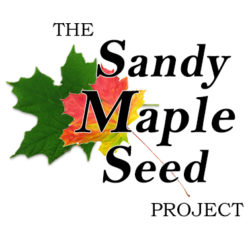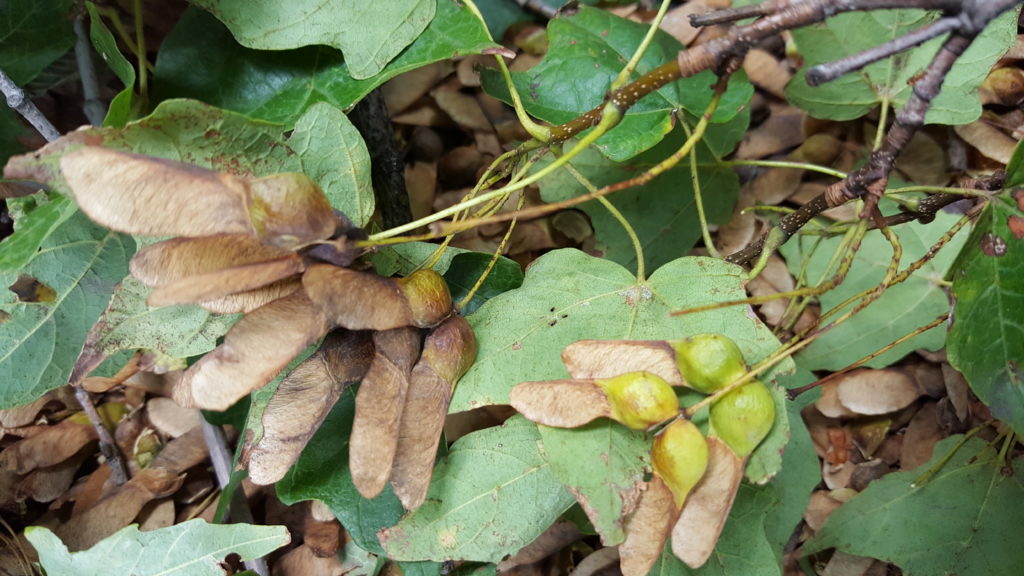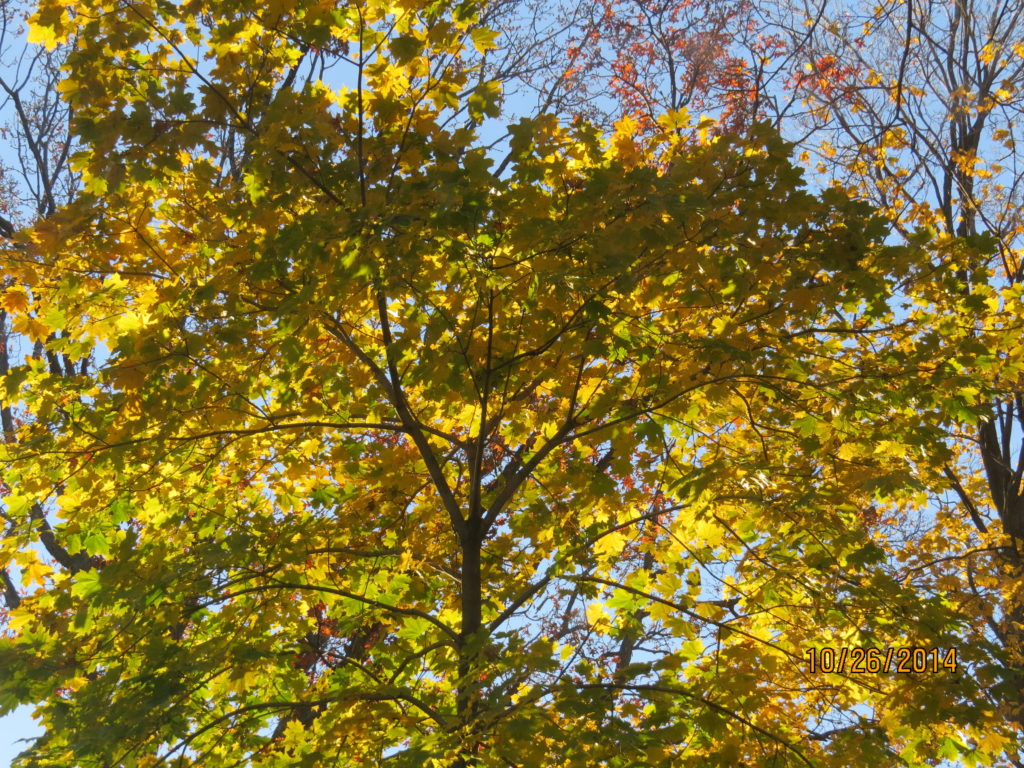 This is one of the mature trees that the seedlings came from showing it’s fall colors.
This is one of the mature trees that the seedlings came from showing it’s fall colors.Good news…If you missed out on getting your FREE Sugar Maple seedling(s) during last weekend’s Danada Fall Festival, you can get some THIS weekend.
Just click the Contact Us button (upper right corner) to let me know:
- what day you will come and approx the time, so i can be sure to have enough
- how many you want (no limit, just promise to plant whatever you take)
- the zip code where you will plant
- if you want any sugar maple seeds





